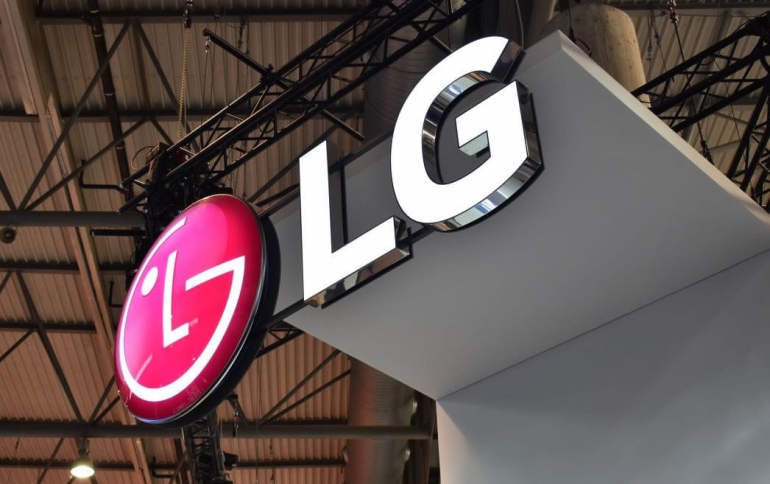
LG Targets Galaxy S III With New D1L Smartphone
LG Electronics plans to take on Samsung's Galaxy S III
smartphone with the release of D1L (tentative name) LTE smarpthone in late May.
As it was reported by the Korean newspaper DDaily, the
new smartphone features a 4.7-inch HD (1280 x 720) LCD
display and will run on Android 4.0 operating system.
The Qualcomm MSM8960 application processor (AP) will be at the
heart of the device, packing a Qualcomm Snapdragon S4
dual-core processor clocked a 1.5GHz along with an integrated multi-mode 3G/LTE modem. The AP includes dual asynchronous CPU cores which can be independently controlled. The MSM8960 will also support dual-channel LP DDR memory and will feature the Adreno 225 GPU which delivers eight times the performance of Qualcomm's original Adreno GPU.
LG has confirmed the development of the new phone without elaborating more.
Samsung's next flagship smartphone, the Galaxy S III, will be powered by the company's own Exynos 5 chipset. Exynos 5 is reportedly a 32nm A15 core chip sporting an ARM Mali T-604 MP4 GPU. The chip will run at up to 2.0 GHz, two CPU cores, four GPU cores, and 64-bit memory up to 1600MHz. The processor also supports ultra-high resolution WQXGA (2560 x 1600) displays. In addition, the 3D graphics processing speed of the new AP is four times higher than the Cortex-A9, by taking advantage of a 12.8GBytes/sec memory bandwidth. The processor also includes the Panel Self-Refresh (PSR) feature developed to save system power and further extend battery life in portable PC systems. PSR mode allows GPU to enter power saving state in between frame updates by including framebuffer memory in the display panel controller.
LG has confirmed the development of the new phone without elaborating more.
Samsung's next flagship smartphone, the Galaxy S III, will be powered by the company's own Exynos 5 chipset. Exynos 5 is reportedly a 32nm A15 core chip sporting an ARM Mali T-604 MP4 GPU. The chip will run at up to 2.0 GHz, two CPU cores, four GPU cores, and 64-bit memory up to 1600MHz. The processor also supports ultra-high resolution WQXGA (2560 x 1600) displays. In addition, the 3D graphics processing speed of the new AP is four times higher than the Cortex-A9, by taking advantage of a 12.8GBytes/sec memory bandwidth. The processor also includes the Panel Self-Refresh (PSR) feature developed to save system power and further extend battery life in portable PC systems. PSR mode allows GPU to enter power saving state in between frame updates by including framebuffer memory in the display panel controller.





















